The Tori-no-ichi festival roots began at the Ohtori Shrine. Tori-no-ichi is a festival held on the days of the rooster in November. The festival starts with the Ichiban-daiko, or first drum, at midnight and continues throughout the day. Juro-jin, the god of longevity which is worshipped at the Ohtori shrine, is one of Asakusa’s Seven Lucky Gods you can visit. This shrine is loved by many people and was nicknamed Otorisama.
If you are interested in a more local way of enjoying Asakusa, join our Asakusa Bar Crawl in local backstreets Tour!
For more information about cultural and historical spots of Asaskusa, please go to >> “7 Spots to Experience the History and Culture of Asakusa”
About Ohtori Shrine
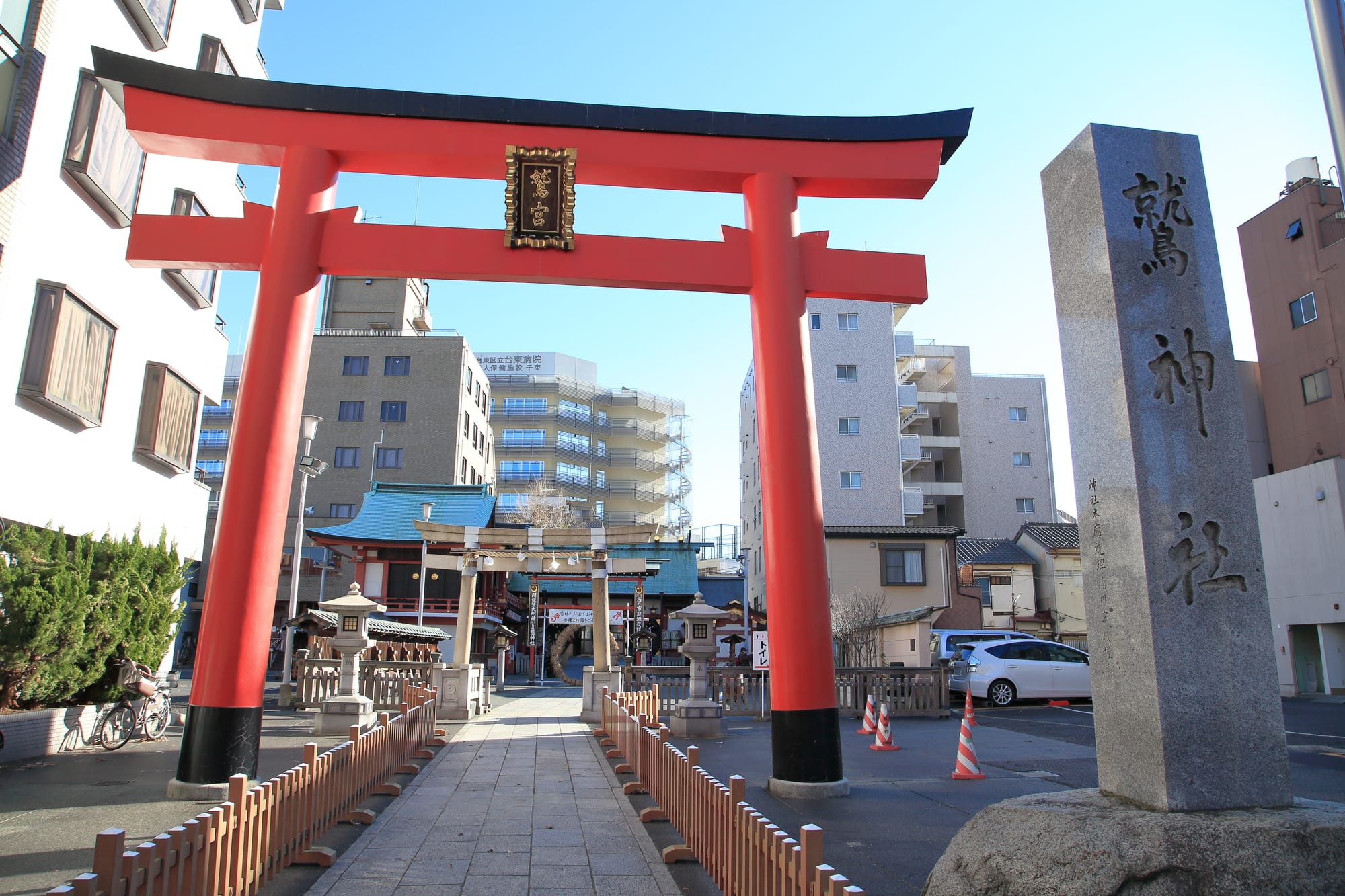
Although the kanji of Ohtori Shrine is usually pronounced Washi Shrine, people call the shrine Ohtori (large bird) Shrine. It is said that people call the Shrine Ohtori because an eagle is a large bird. It is an ancient and time-honored shrine that enshrines the Ameno-Hiwashino-Mikoto and the Yamato-Takeruno-Mikoto from Japanese mythology.
The Ohtori Shrine was named after this legend; When the god Amaterasu was hiding in the Amano-iwato cave, the goddess Ame-no-Uzume-no-Mikoto danced in front of the cave. A god, who was responsible for a musical instrument called gen, opened the door to the cave and at that moment an eagle flew onto the tip of the gen. The other gods who saw the auspicious moment became happy. Since then, the god was given the kanji of eagle for its name came to be called Ohtori Daimyojin or Ame-no-Hiwashi-no-Mikoto.
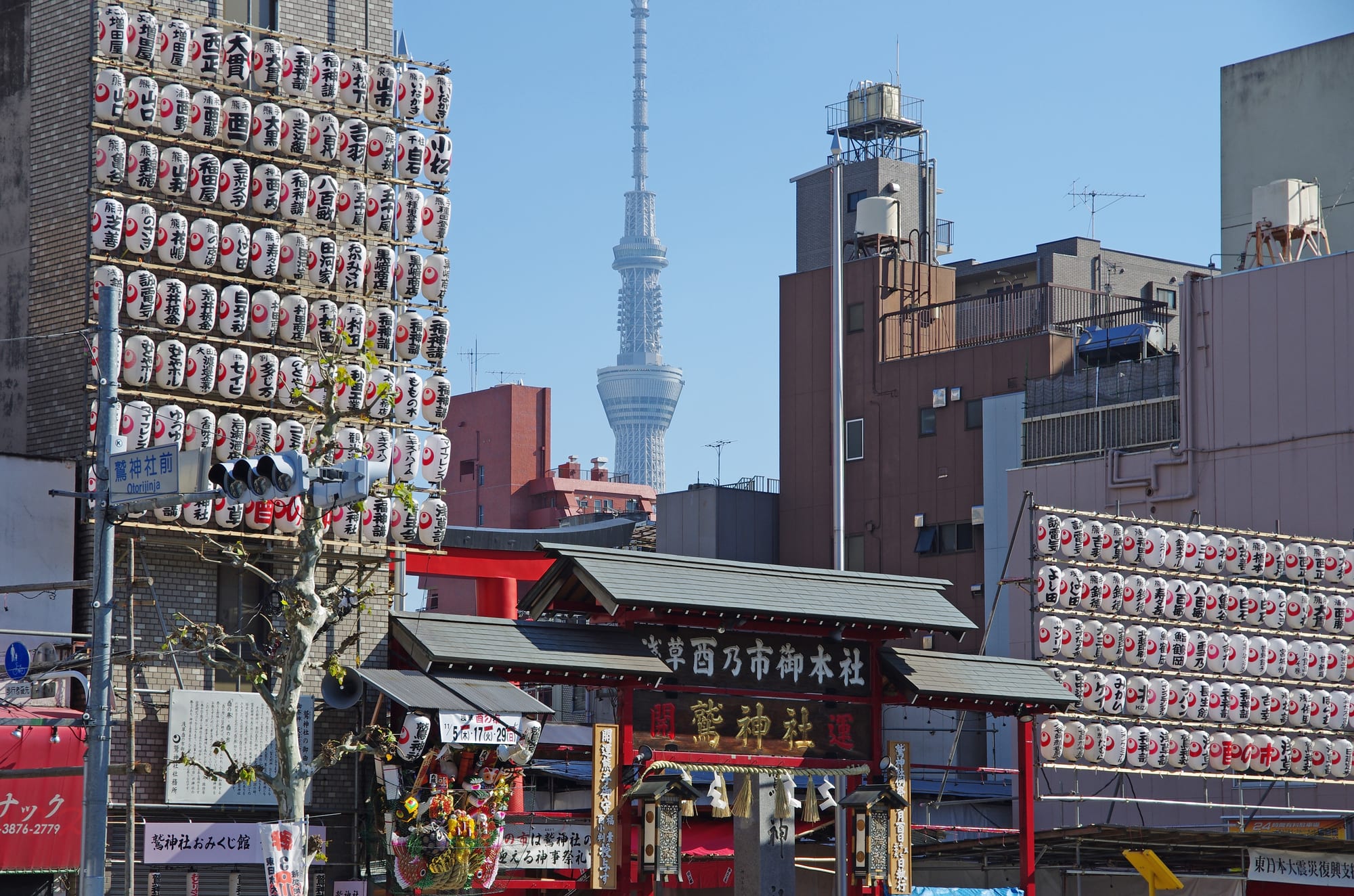
Tori-no-ichi, the shrine’s festival in November, is one of the more popular festivals in Japan.
When Yamato-Takeruno-Mikoto went to conquer warriors from the eastern part of Japan, he visited the shrine to pray for victory. On the way back from the battle, he returned to the shrine and hung his rake like weapon on a pine tree that stands in front of the shrine to celebrate his victory and to show his gratitude. That was the day of the rooster in November, so on that day it was decided to hold the annual festival day of the Ohtori Shrine and that is how Tori-no-ichi began.
Tori-no-ichi is a festival to show our gratitude to the gods and to pray for better fortune, receiving happiness, an increase in production, removing bad luck and having a prosperous business for the next year.
Tourism Highlights
Tori-no-ichi
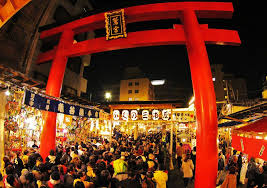
Source: http://guide.travel.co.jp/article/24721/
Ohtori Shrine is about Tori-no-ichi. It’s the shrine’s festival held in November. On that day, you will see many food stands pop up and the shrine area will be very busy.
A small charm with a rake called Kumadeomamori, is available only during the Tori-no-ichi festival. Many people come to get the charm and to pray for better fortunes and for a prosperous business. The rake is commonly called Kakkome or Hakkome. It is also considered as an avatar for the god so people treat it as a good luck item.
Live longer by catching luck from Jurojin
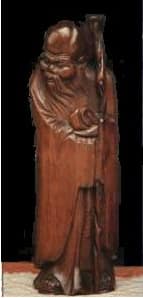
Source: http://www.otorisama.or.jp/shichifuku.html
Juro-jin, which is the god of longevity and one of Asakusa’s Seven Lucky Gods, is worshipped at this shrine. With his noble face and well-proportioned body, Juro-jin is people’s ideal look for when they get older. If we can get some luck from this god, we might be able to live a longer and healthy life without serious illnesses.
Its unique wishing plaques and charms
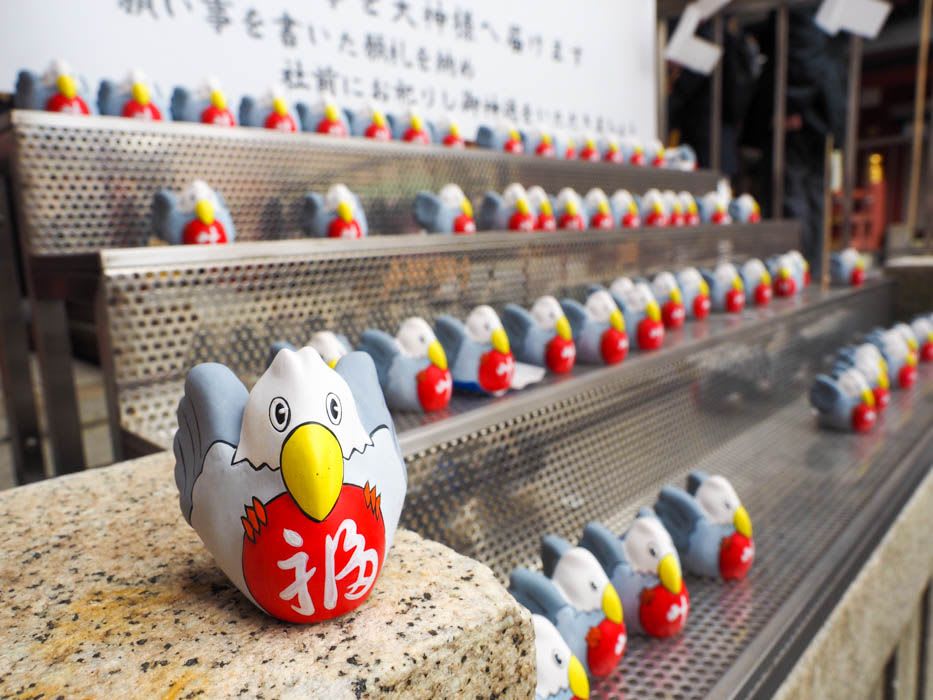
Source: http://guide.travel.co.jp/article/24721/
Ohtori Shrine is known for its unique charms. Since the bird of the shrine is an eagle, you can get a special golf charm here along with a Shintaku uranai (oracle) charm that tells today’s fortune while playing Japanese ancient ceremonial music. Differing from the traditional wishing charms, which are small wooden plaques, this shrine offers a unique 3D bird called Kanaidori (a bird that makes your wish come true). You write your wish on a piece of paper and put it inside the Kanaidori.
Ohtori Shrine Information
・Address: 3-18-7, Senzoku, Taito-ku, Tokyo
・Phone: 03-3876-1515
・Opening hours: AM 9:00~PM 5:00
・Open 365 days a year
・Directions (Subway)
7 minutes walk from the Tokyo Metro Hibiya Line, Iriya Station
15 minutes walk from the Tokyo Metro Ginza Line, Tawaramachi Station
20 minutes walk from JR West, Uguisudani Station
8 minutes walk from the Tsukuba Express, Asakusa Station
・Travel time: approx. 40 minutes from Haneda Airport / approx. 60 minutes from Narita Airport / approx. 15 minutes from Tokyo Station
・Official Site URL http://www.otorisama.or.jp/
